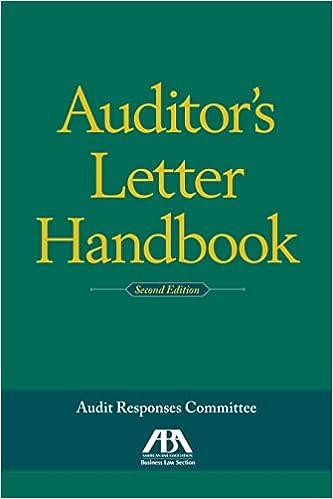Case Study GLACIER WATER COMPANY Glacier Water company (GW) produces specialty water bottles and sells them to retailers who sell them directly to consumers. The water bottles are high quality bottles produced for outdoor activities such as camping. In December 2019, Jackson Triggs. the president of the company, was considering an alternative marketing plan for 2020 that was presented to her by Stephanie Territ, the marketing manager. Based on sales from January through December 2019. Jackson expected that 2020 sales would amount to 300.000 units. The alternative marketing plan is presented below: 2020 Marketing Plan: "At the present time, we sell the product to retailers for $8.00 per bottle. Retailers generally charge the consumers between $9 and $9.50. If we cut our selling price to retailers to $7.50, I expect that the product will do much better. Their increased markup will give them the incentive to display our product more prominently and to promote it more vigorously to customers. We should support this strategy by supplying more promotional materials to retailers, which I expect would be an increase of $4,600 in Advertising and Promotion costs. Based on the price cut and the increase in advertising and promotion, I expect that we will be able to boost our sales volume by 18 percent to 348,100 units in 2020." Jackson received cost data from the company's CFO, Ken Choi Ken expects that the cost data below are also reliable estimates for 2020 for a production volume up to 400,000 units. Beyond 400,000 units, the company would have to rent additional machines (with a capacity of 100,000 units each), which would increase fixed manufacturing overhead costs by $50,000 per machine 2019 Cost Data Manufacturing Costs for water bottles (based on production volume of 295,000 units): Direct Materials: $0.85 per unit Direct Labor: $9.75 per hour (each worker can make 20 units in 1 hour) Packaging: $0.70 per unit Variable Manufacturing Overhead: $1.45 per unit Fixed Manufacturing Overhead: $550,000 increase fixed manufacturing overhead costs by $50,000 per machine. 2019 Cost Data Manufacturing Costs for water bottles (based on production volume of 295,000 units): Direct Materials: $0.85 per unit Direct Labor: $9.75 per hour (each worker can make 20 units in 1 hour) Packaging: $0.70 per unit Variable Manufacturing Overhead: $1.45 per unit Fixed Manufacturing Overhead: $550,000 Selling and Administrative Costs for bottles (based on sales volume of 295,000 units): Sales Commissions: $0.80 per unit Shipping Costs: $0.50 per unit Advertising and Promotion (fixed): $180,000 Fixed Selling and Admin Expenses: $270,000 Using the information on page 1, answer the following questions. Include all costs (manufacturing costs and selling and administrative costs) in your calculations. 1. Assuming the selling price and cost changes in the Marketing Plan are adopted: 2 prepare a CVP Income Statement (total and per unit) for 2020, assuming sales and production increase by 18% as outlined in the Marketing Plan. Using the above CVP Income Statement, determine the Company's Contribution Margin Ratio for 2020. Assuming the selling price and cost changes in the Marketing plan are adopted, determine the break- even point in number of bottles for the company in 2020. For full credit, please show the elements of your computations. Round to the nearest next whole unit. 2. Assuming the selling price and cost changes in the Marketing Plan are adopted, determine the number of bottles the company would need to sell in 2020 in order to earn $150,000 in profit. For full credit, please show the elements of your computations








